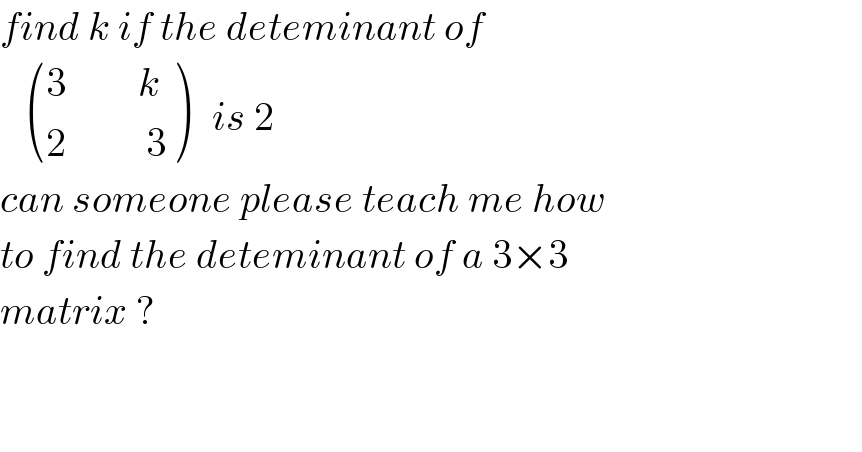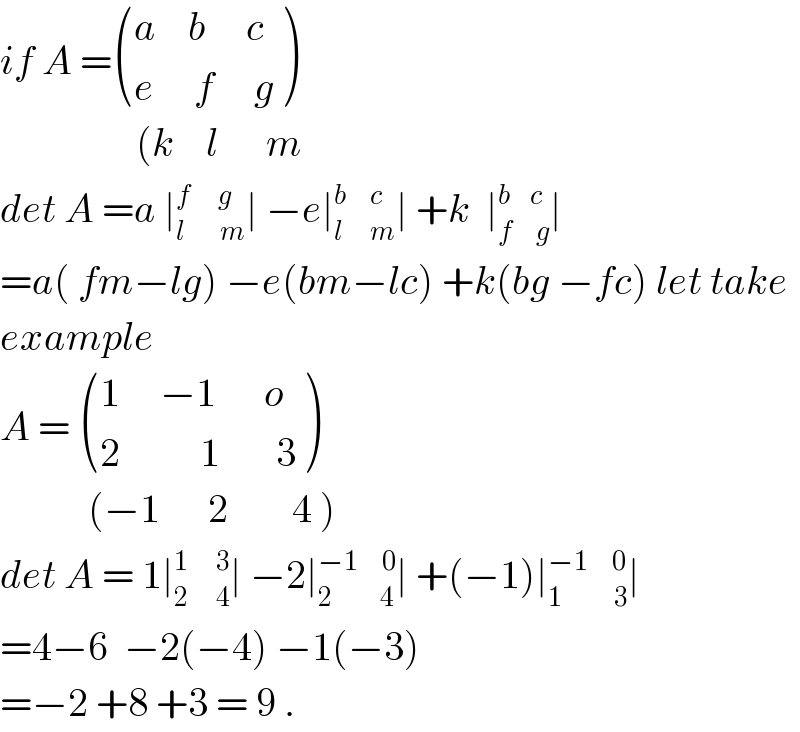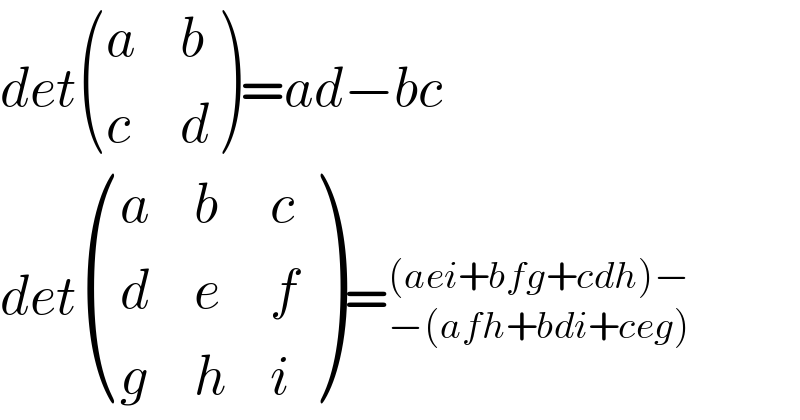
Question and Answers Forum
Question Number 33425 by Rio Mike last updated on 16/Apr/18

Commented by Joel578 last updated on 16/Apr/18

Commented by Joel578 last updated on 16/Apr/18

Commented by prof Abdo imad last updated on 17/Apr/18

Answered by MJS last updated on 16/Apr/18

